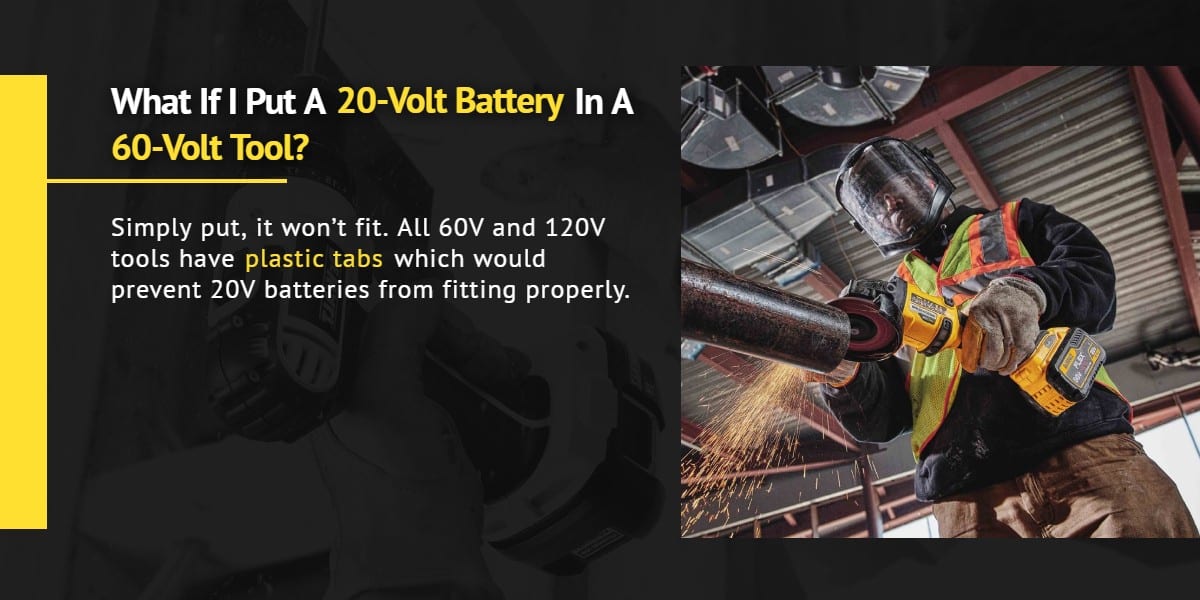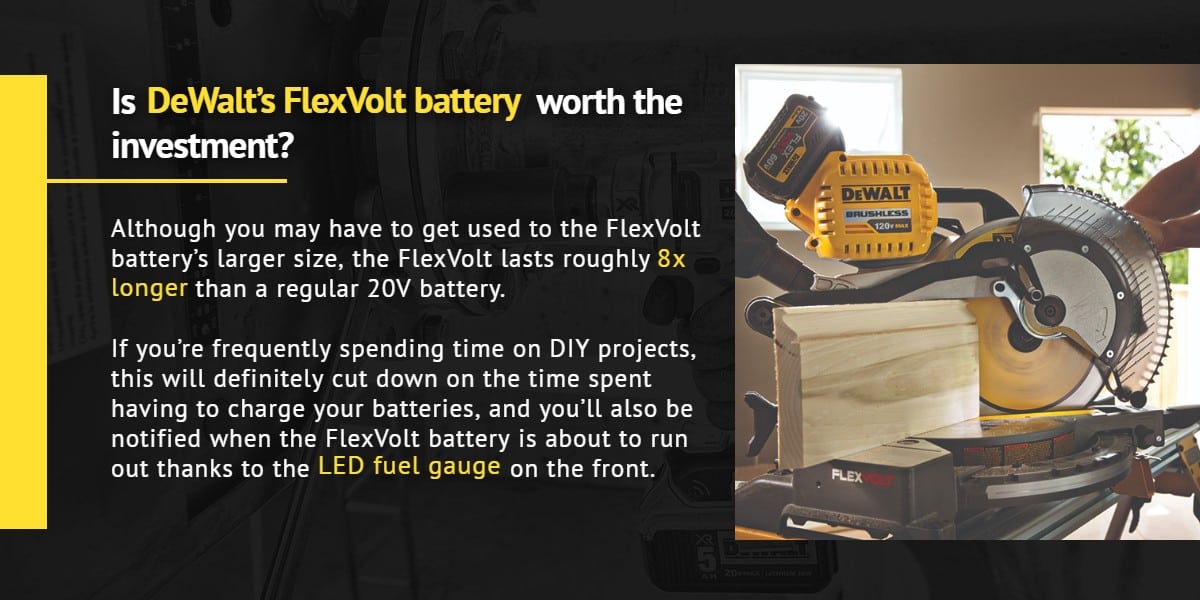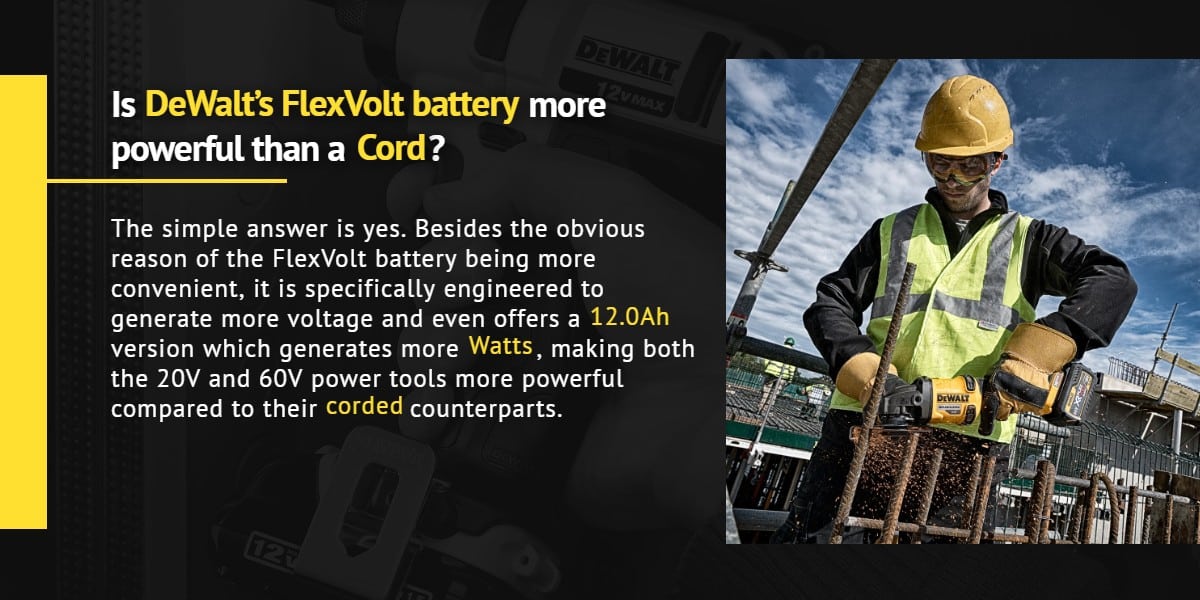Although it may seem super straightforward to those with
experience, there are many ambitious homeowners who aren’t fully aware of how
to use a cordless drill.
Use your cordless
drill by depressing the trigger located on the handle. Once pressed,
the chuck, a clamp that holds the bit in place, will rotate. As you increase
the pressure on the trigger, the tool speeds up. A clockwise rotation will
insert a screw into the area you want. Depending on the project, the torque may
need adjusting. Find the button on the top of the drill that regulates the
torque and speed. Consider using less torque for driving screws and maintain a
medium speed for drilling holes (depending on hole diameter). Never apply too
much pressure to make the drill work “faster”.”
How does a cordless
drill work?
This handy tool uses a battery located below the handle to
provide the power to rotate the chuck. The trigger controls the speed, and you
can adjust your speed by the amount of pressure on the trigger. The motor
converts the electric power from the battery into energy to rotate the tip.
Some cordless drills have gearboxes that are specialized to switch gears, which
is handy if you need to drill through harder materials.
When to use a
cordless drill?
Use your cordless drill anytime you need to drill a hole or
drive a screw or bolt. You can even use it to mix paint when you use a
specialized mixer attachment. It is especially handy for times when electrical
power is not available.
Originally Posted on Ottawa Fasteners Supply


